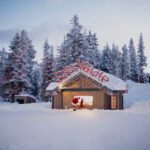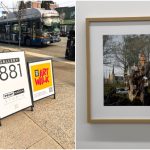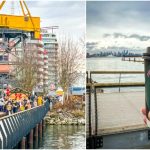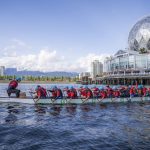Ceperley: From Meadow to Marsh in Stanley Park
This post has been contributed by Ben Hill, Communications Volunteer with the Stanley Park Ecology Society (“SPES”).
If you’ve walked from Lost Lagoon to Second Beach recently you might have wondered why the landscape at Ceperley Meadow has changed from mown grass to scrub and shrubs.
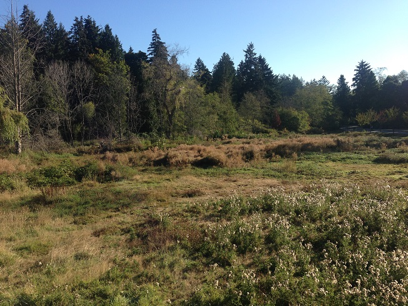
Ceperley Meadow in Stanley Park. Kathleen Stormont/SPES
This isn’t because the Park Board has forgotten to mow; it’s part of a plan to encourage the development of wetland habitat in the area. Before the development of the city, Lost Lagoon and the area nearby was a saltwater tidal lagoon.
In fact, the lake’s name comes from its habit of disappearing with the tide. But when Stanley Park causeway was built in 1916, tidal access to Coal Harbour was cut and Lost Lagoon and the artificial waterway of Ceperley Creek became entirely fresh water.
While the habitat may not be strictly natural, it is immensely valuable. Although it’s surrounded by well used pathways, this is actually one of Vancouver’s most desirable areas of real estate for wildlife: the corridor of wetland is a great site for nesting and migrating birds, mammals and native plants.
SPES and the Park Board were already working to restore the habitat along the creek, but the arrival of a family of beavers in the area has given the wetland an extra boost. Their dams keep a larger area permanently soggy and, as a result, wetland plants are beginning to come back across the meadow.
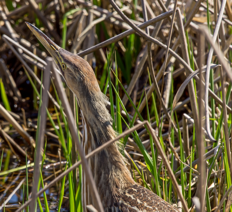
American bittern. Photo: Michael Schmidt
Plants like the salmonberry, paper birch and Pacific willow provide cover and food for small migratory birds like kinglets and thrushes, and the shallow secluded wetland is an ideal area for rarer water birds like the green heron and the American bittern.
This type of wetland is increasingly rare in the city, so we’re very happy to accept the beavers’ help in restoring this habitat. One other advantage of not mowing the area is that it supports pollinators like bees and butterflies. They, in turn, help native plants establish and spread.
The bicycle routes and footpaths only a few meters away from the meadow are used by thousands of people every day and it’s heartening to think that such a diverse natural community can flourish so close to humans. It’s part of what makes Stanley Park unique, and balancing Park recreation with conservation is a SPES priority.
 As a member of the Stanley Park Ecology Society (“SPES”), I wanted to offer the organization an opportunity to share their news, events, and work so I created the “SPES Series” years ago. This is where SPES can contribute and share stories with my audience once a month. Follow SPES on Facebook for more information.
As a member of the Stanley Park Ecology Society (“SPES”), I wanted to offer the organization an opportunity to share their news, events, and work so I created the “SPES Series” years ago. This is where SPES can contribute and share stories with my audience once a month. Follow SPES on Facebook for more information.




